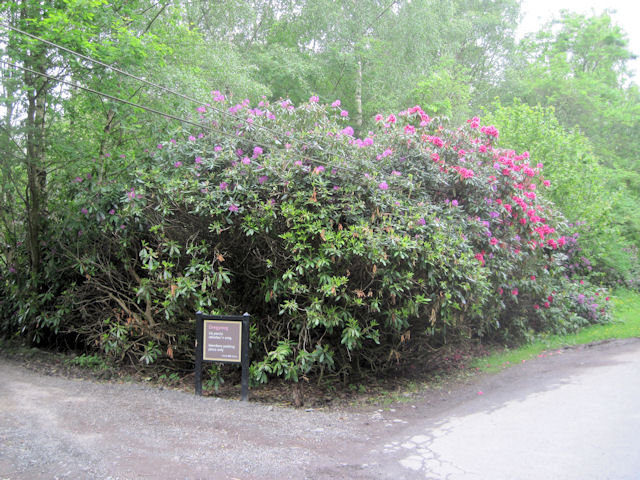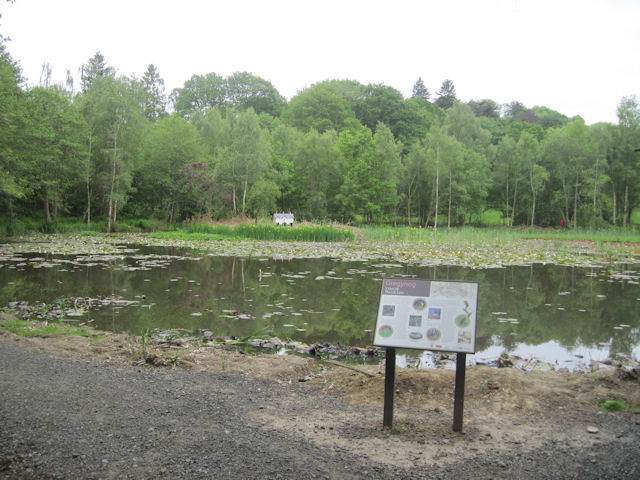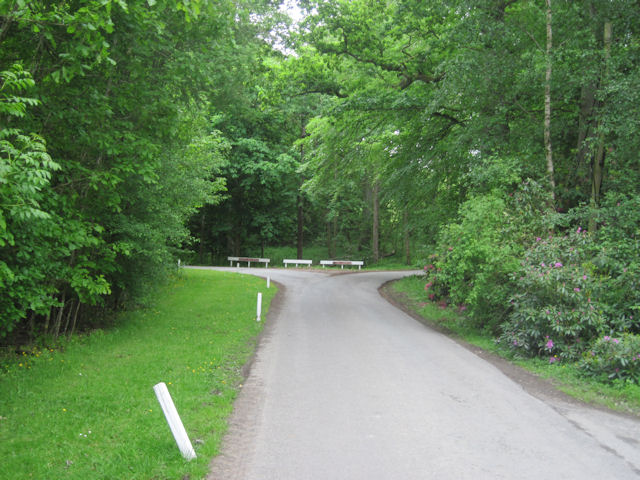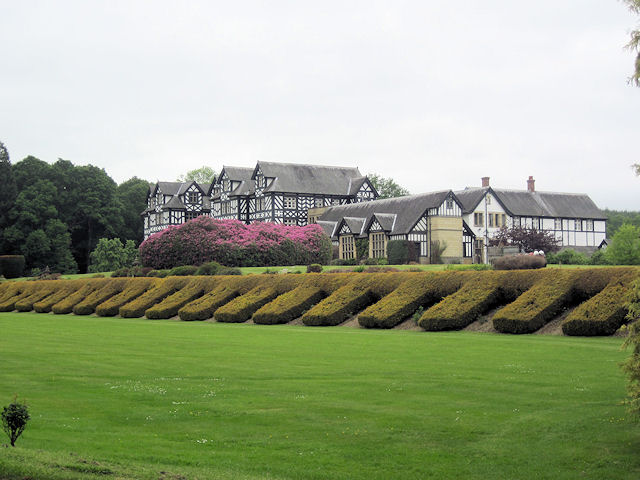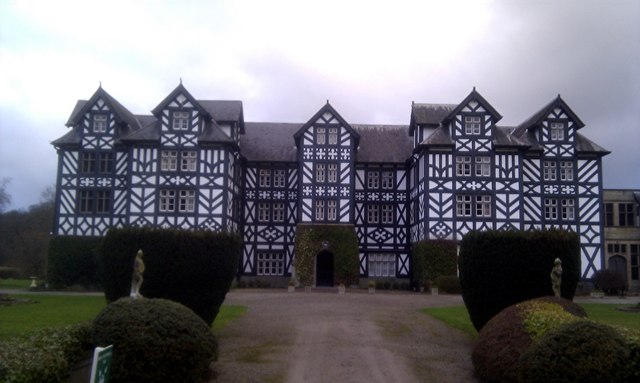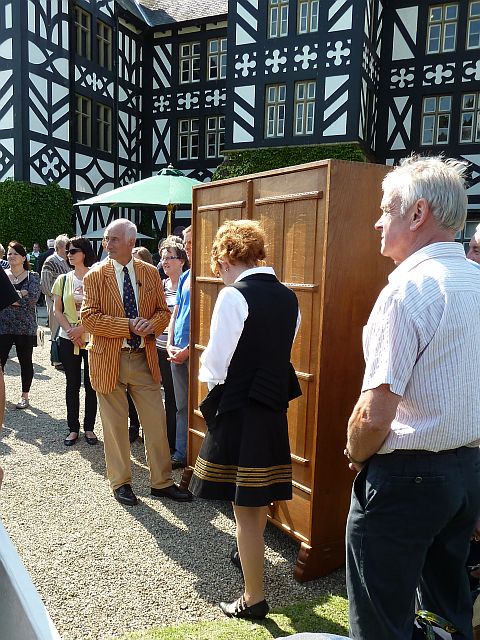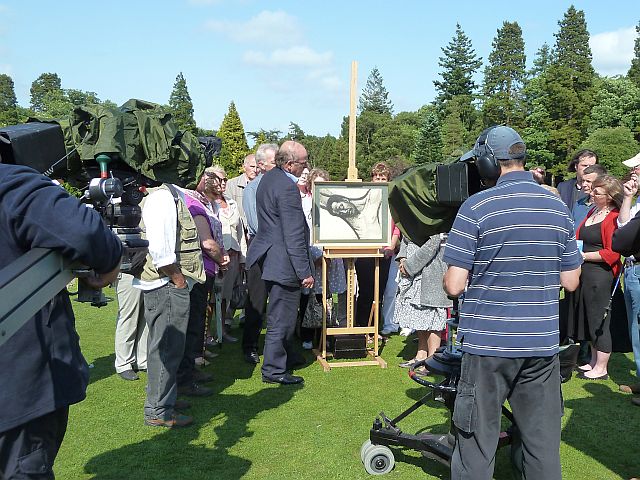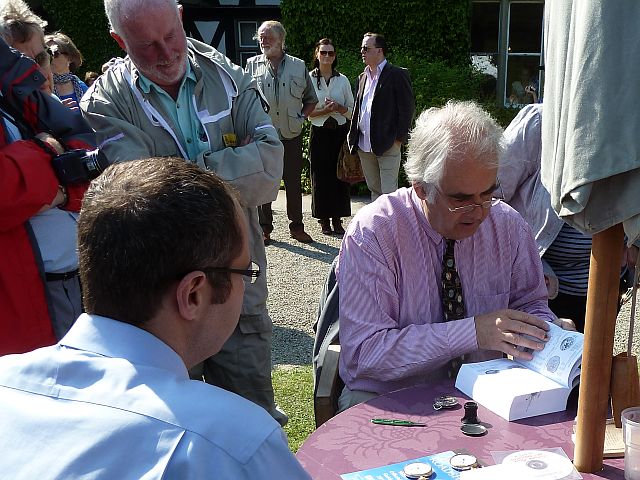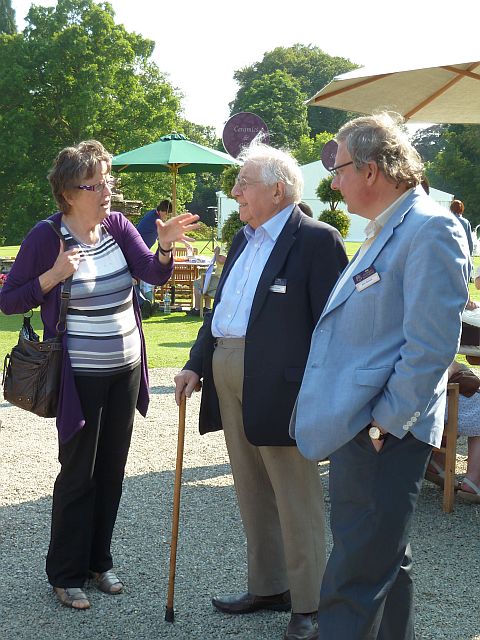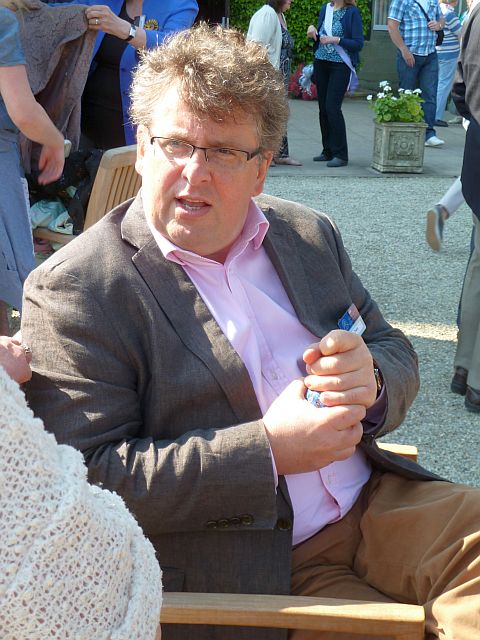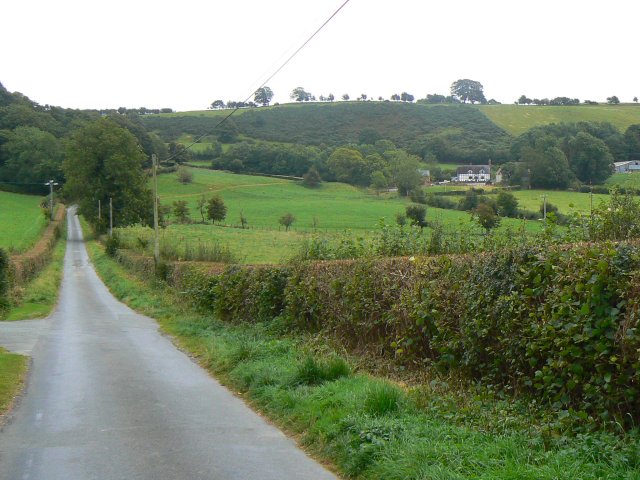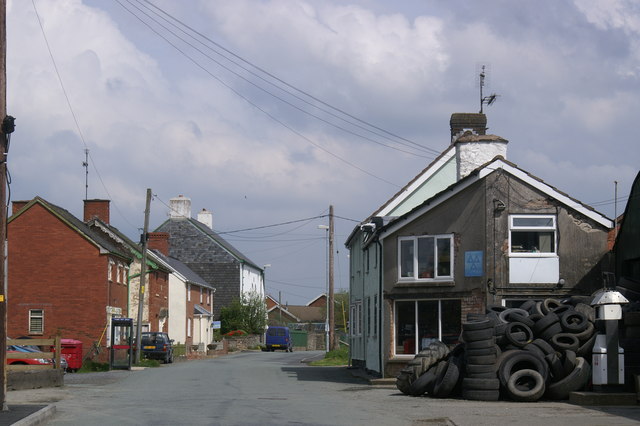Bronhafod Dingle
Valley in Montgomeryshire
Wales
Bronhafod Dingle
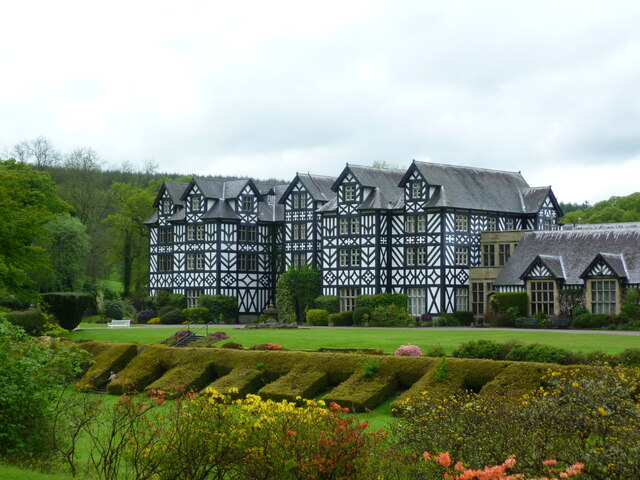
Bronhafod Dingle is a picturesque valley located in Montgomeryshire, Wales. The valley is known for its lush greenery, rolling hills, and tranquil atmosphere. Bronhafod Dingle is home to a variety of wildlife, including birds, deer, and other woodland creatures.
The valley is crisscrossed by a network of walking trails, making it a popular destination for hikers and nature lovers. The trails offer stunning views of the surrounding countryside, with the River Severn winding its way through the valley.
Bronhafod Dingle is also home to a number of historic sites, including ancient ruins and burial mounds dating back to the Iron Age. Visitors can explore these sites and learn more about the area's rich history.
Overall, Bronhafod Dingle is a peaceful and idyllic location, perfect for those looking to escape the hustle and bustle of city life and immerse themselves in nature. Whether you're looking to go for a leisurely stroll, birdwatch, or simply relax and take in the beauty of the Welsh countryside, Bronhafod Dingle has something to offer everyone.
If you have any feedback on the listing, please let us know in the comments section below.
Bronhafod Dingle Images
Images are sourced within 2km of 52.575751/-3.365274 or Grid Reference SO0798. Thanks to Geograph Open Source API. All images are credited.
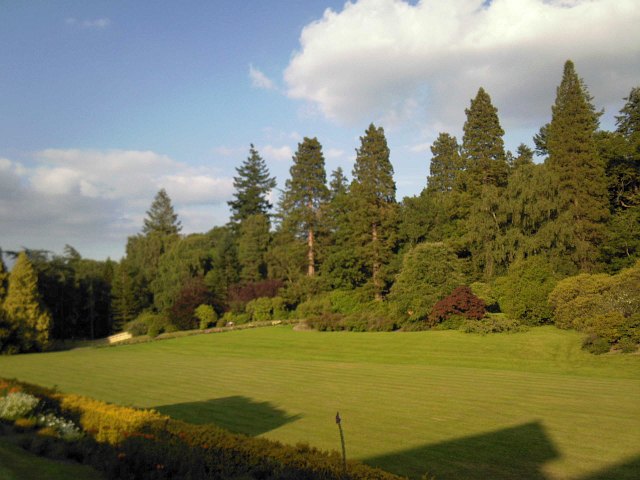
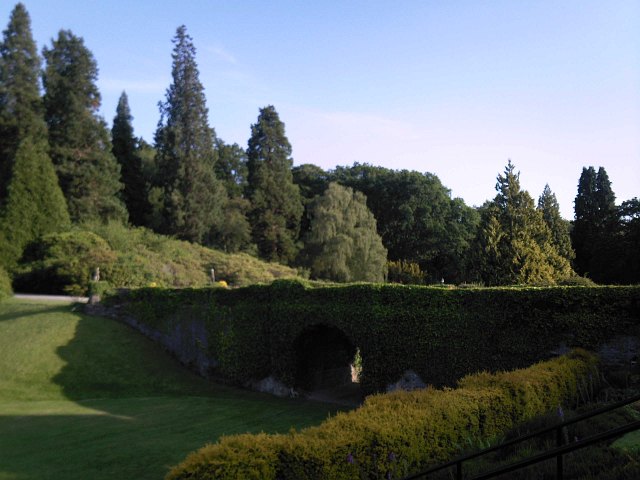
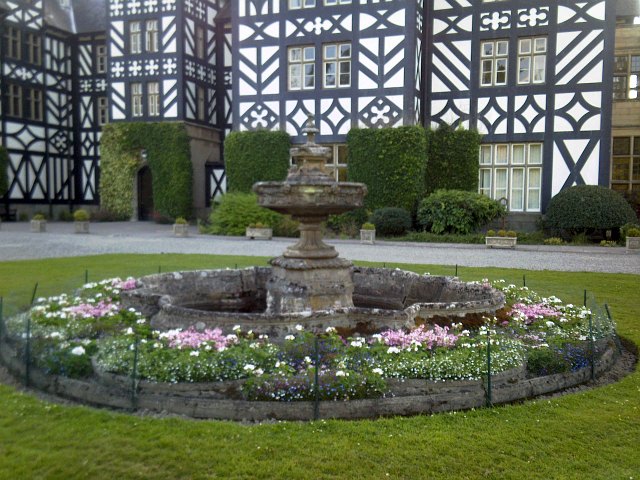
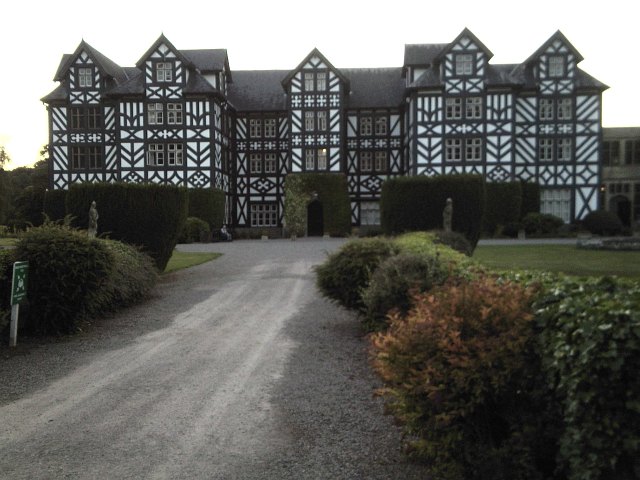
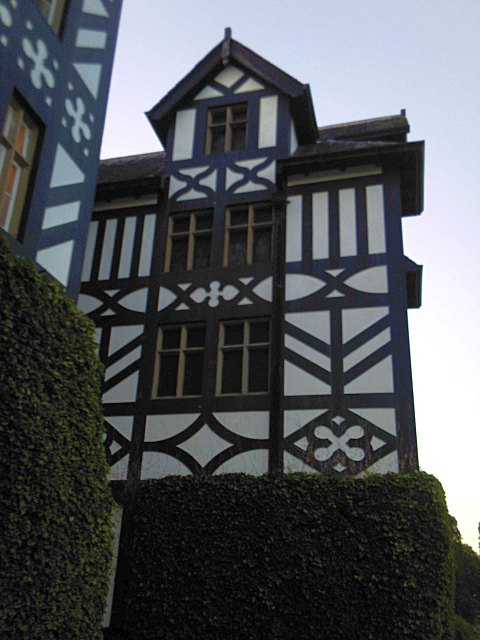
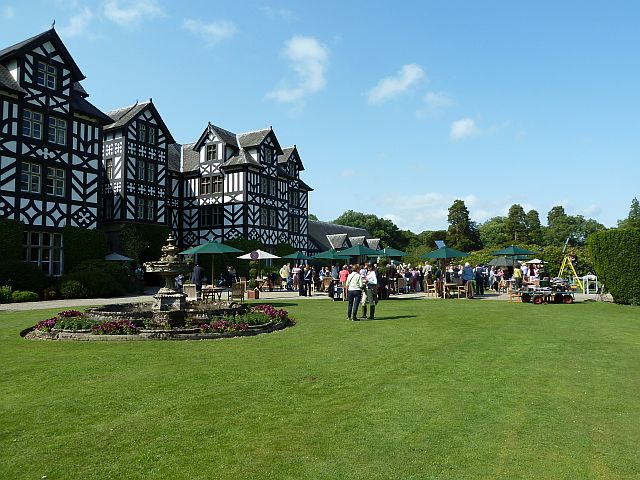
Bronhafod Dingle is located at Grid Ref: SO0798 (Lat: 52.575751, Lng: -3.365274)
Unitary Authority: Powys
Police Authority: Dyfed Powys
What 3 Words
///melts.pirates.glow. Near Newtown, Powys
Nearby Locations
Related Wikis
Gregynog Hall
Gregynog (Welsh pronunciation: [ɡrɛˈɡənɔɡ]) is a large country mansion in the village of Tregynon, 4 miles (6.4 km) northwest of Newtown in the old county...
Tregynon
Tregynon is a small village and community in Montgomeryshire, Powys, Wales, to the north of Newtown and south west of Welshpool. The population of the...
Adfa, Powys
Adfa is a village in the Welsh county of Powys, in mid Wales. It is in the historic county of Montgomeryshire. == External links == Photos of Adfa and...
River Rhiw
The River Rhiw (Welsh: Afon Rhiw meaning 'slope river' or 'stream river') is a short river in the north of Powys in Wales. Two headwater tributaries both...
Nearby Amenities
Located within 500m of 52.575751,-3.365274Have you been to Bronhafod Dingle?
Leave your review of Bronhafod Dingle below (or comments, questions and feedback).
